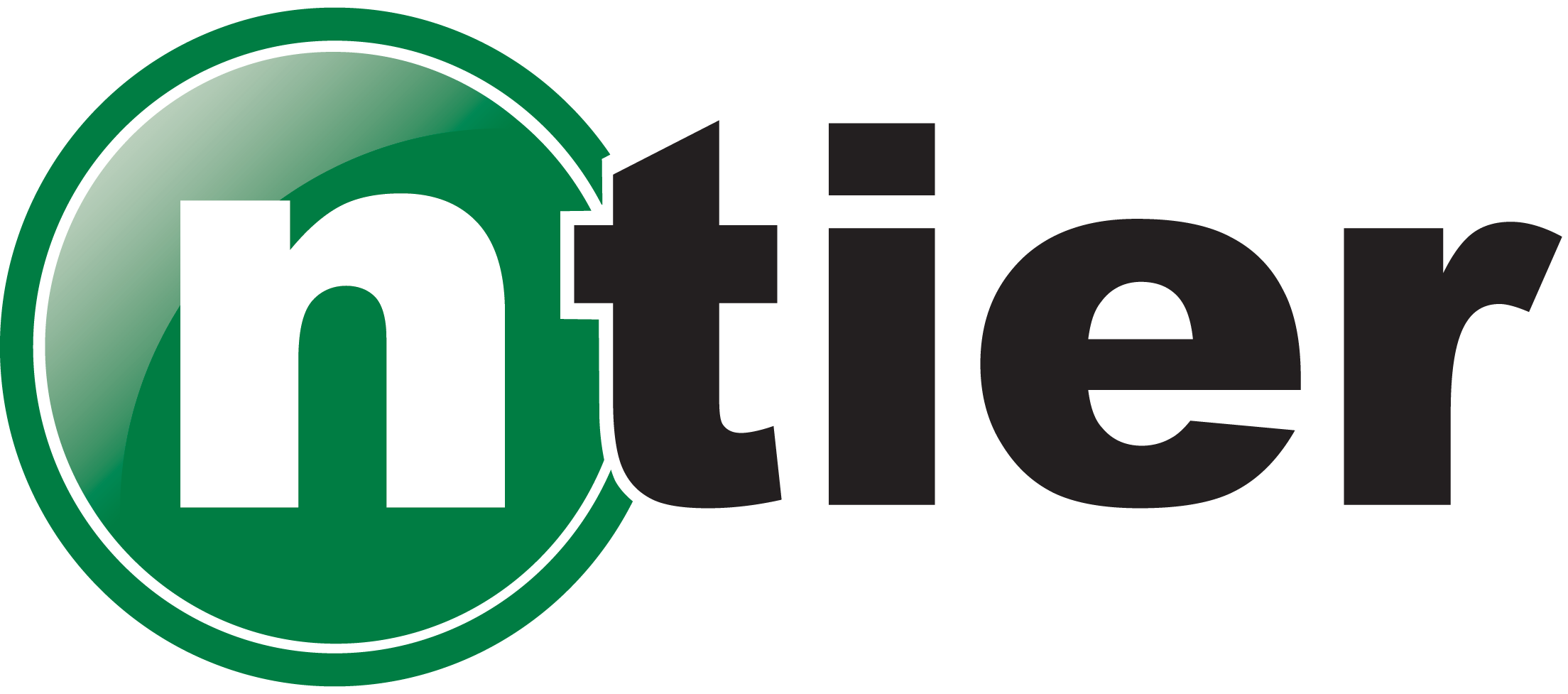Duration: 5 Days
Description
This course provides a comprehensive introduction to data analytics using Python, covering the full data workflow from acquisition and cleaning to analysis, modeling, and communication. Learners will develop practical skills in programming, data wrangling, statistical analysis, and visualization using industry-standard tools like Pandas, NumPy, Matplotlib, and SQL. Emphasis is placed on data ethics, clean code, and effective communication of insights. By the end of the course, participants will be prepared to work on real-world analytics projects and collaborate effectively in data-driven environments.
Audience
This course is designed for aspiring data analysts, junior data scientists, and technical professionals who want to develop a foundational skill set in data analytics. It is well-suited for individuals transitioning from non-technical roles into data-focused careers, as well as recent graduates and early-career professionals looking to build confidence with data tools and techniques.
Objectives
- Collect, clean, and validate data from a variety of sources
- Work with Python to process, structure, and transform data
- Query and manipulate data using SQL and integrate it into Python workflows
- Apply descriptive and inferential statistics to analyze datasets
- Perform feature engineering and fit basic regression models
- Visualize data effectively using Matplotlib and Seaborn
- Communicate insights to technical and non-technical stakeholders using clear narratives and visuals
- Apply ethical and legal considerations in data handling and reporting
Prerequisites
Participants should have a basic understanding of Python, including variables, data types, control flow (if/else, loops), and writing simple functions. Familiarity with lists, dictionaries, and basic file handling is recommended. No prior experience with data analysis, statistics, or databases is required, as these topics will be introduced from the ground up.
Course Outline
Module 1: Data Acquisition and Pre-Processing
- Data Types, Structures, and Collection Methods
- Data Storage and Quality Considerations
- Data Integration, Cleaning, and Transformation
- Data Preparation, Validation, and Ethics
Module 2: Programming and Database Skills
- Python Fundamentals for Data Processing
- Writing Clean, Maintainable Python Code
- Object-Oriented Programming in Python
- SQL for Data Querying and Manipulation
- Python and Database Integration
Module 3: Statistical Analysis
- Descriptive Statistics and Data Distributions
- Correlation and Exploratory Data Visualization
- Inferential Statistics and Bootstrapping
- Regression Analysis and Model Interpretation
Module 4: Data Analysis and Modeling
- Data Cleaning and Reshaping with Pandas
- Numerical Computing with NumPy
- Feature Engineering and Exploratory Analysis
- Introduction to Modeling and Evaluation
Module 5: Data Communication and Visualization
- Creating Visualizations with Matplotlib and Seaborn
- Enhancing Visual Clarity and Aesthetics
- Communicating Insights to Diverse Audiences
- Designing Effective Data Narratives and Reports
